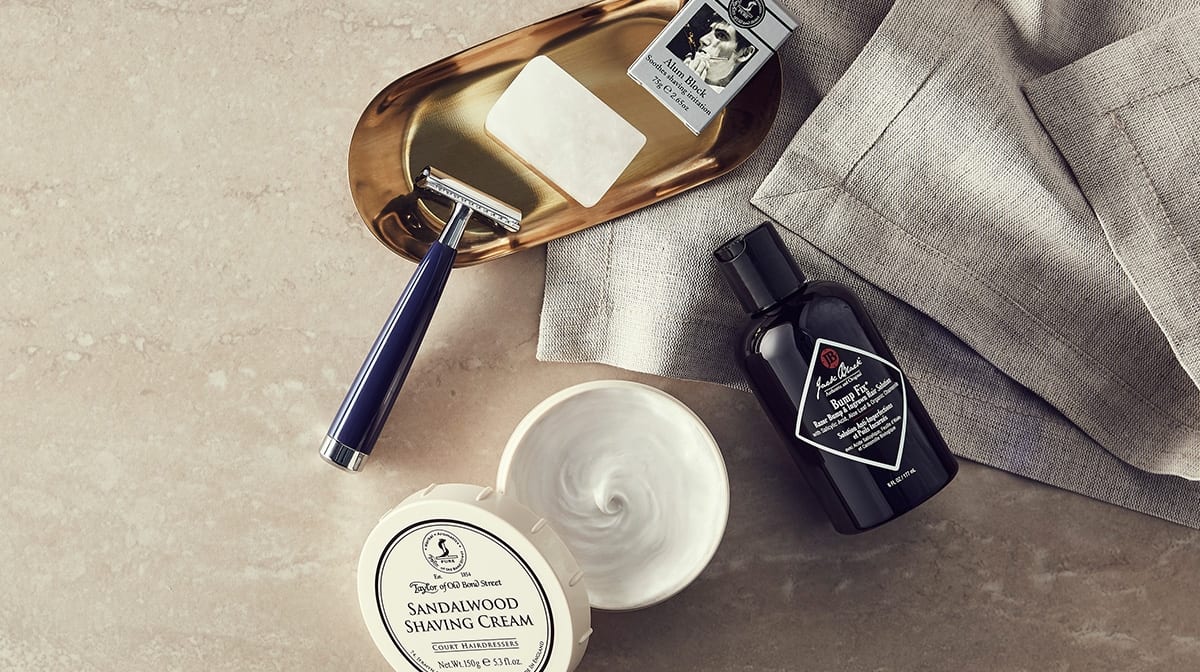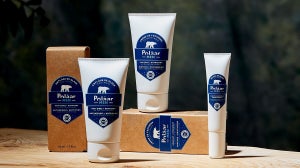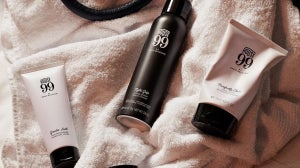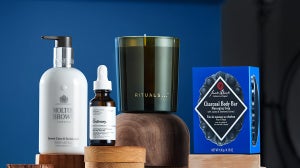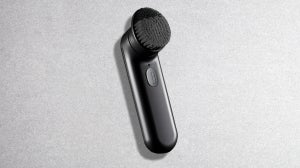
Razor bumps, razor rash, ingrown hairs, whichever way you refer to them, if you get them, you'll be well aware of what a nightmare they are. Whenever you shave, the strands of hair you cut are at risk of growing back into the follicle, rather than out of it. This blocks the follicle, causing redness, soreness, and irritation, which not only looks unsightly, but can be extremely uncomfortable too.
Razor bumps are unpleasant enough to have put many men off razor shaving altogether, but contrary to popular belief, ingrown hairs are a common problem amongst those who use beard trimmers as well. While the inflammation may be less visible when there is stubble present, it's often still there, and nearly always a source of pain and discomfort.
There is good news: it is possible to avoid razor bumps. To do so is a matter of preparation, having the right products at your disposal, and knowing the right techniques to employ (and the ones to avoid) in order to ensure your skin has the best chance of getting out of your shave unscathed. Check out our 5 steps to avoiding razor bumps on Mankind.
5 Steps to Avoiding Razor Bumps
Laying the foundations - exfoliating and cleansing
Proper Preparation - traditional shaving brushes, shaving creams, and post-shave care
Less is more - fewer blades on your razor, more control
Technique
Equipment care
1. The Foundations - Exfoliating and Cleansing
Getting the best results out of your shave starts with your daily skincare maintenance. Tweaking your routine to ensure your skin is in optimal health at all times will guarantee that you're beginning your shave from the best place possible. The aim when shaving is to shave with as few passes of the blade as possible to get the desired effects, but for too many, clogging of the razor means that far too many passes are required are required to get a close shave.
Clearing away dead skin by exfoliating at least once or twice each week, and removing pollutants and oil from the skin by using a cleanser daily, will help to ensure your skin is in the best possible state prior to shaving, by stopping razors from becoming clogged and obstructed.
2. Proper Preparation - Traditional Shaving Brushes, Shaving Creams and Post-Shave Care
The next step to avoiding razor bumps is to ensure your skin and hair are thoroughly prepared for the shaving process. Using a traditional shaving brush to apply shaving cream has two major advantages over applying by hand. Firstly, the shaving brush contributes to the exfoliation process. Most importantly, however, the brush lifts individual hairs away from the face, ensuring the hair is cut so that it is much less likely to grow back into the follicle.
Traditional shaving creams are designed to create a layer of lather that offers complete coverage, and causes as much glide as possible. While foaming shaving creams have their advantages, chief among which is rapid application and ease of achieving full coverage. In order to avoid razor bumps however, traditional shaving creams, rich with conditioning agents and emollients, applied with a shaving brush, is absolutely the way to go.
Finally, to calm any irritation and help to repair any irritated skin, make sure to use a moisturising aftershave balm.
3. Less is more - fewer blades on your razor, more control
Razors with three or more blades are virtually always designed in a similar way: fixed together at a roughly 45 degree angle from the cutting plane. This approach definitely has its strengths.
In these modern cartridge razors, the hairs which aren't cut by the first blade are usually lifted by it, allowing the second blade to catch it, and the even smaller number not caught by the second will be caught by the third. In addition to this, as the pressure is distributed evenly across the blades at a fixed angle, you can press firmly into the skin to get closer to the root of the hair. What this translates to is an often incredibly smooth shave.
If you're prone to razor burn, however, your multi-blade razor is almost certainly aggravating it. The fixed angle of these modern cartridge razors causes hair to be cut in such a way that it is much more likely to result in an ingrown hair, and further to this, can often scrape off the top layer of skin, resulting in irritation, redness, and soreness.
The solution to this is a 'less is more' attitude. Cut-throat razors, or straight razors, when used correctly, are perhaps the most effective way to get an extremely smooth shave while avoiding ingrown hairs, as it allows you complete control of the angle at which the hair is cut. The disadvantages of cut-throat razors should be apparent from the name. Learning proper technique is absolutely crucial, as risk of injury is fairly high with a straight blade. For this reason, many men will rarely come across a straight razor, and if they do, it'd be wielded by a trained professional.
Between the straight razor and cartridge razor you can find the golden mean. The traditional safety razor has double blades, allowing for a more even distribution of pressure, going some way to preventing serious nicks. As well as this, the blades are held in such a way that you have maximum control over the angle of cutting, minimising skin irritation, and preventing the hair from growing back into the follicle.
4. Technique
The 'less is more approach' to traditional shaving equipment carries over into traditional shaving techniques. You should aim to shave in the fewest passes with the razor possible in order to avoid cutting and re-cutting the same hair, which is likely to result in ingrowth, and a surefire way to irritate the top layer of the skin.
Further to this, you should always shave with the grain. Shaving against the grain results in a smoother shave in the short term, and can be attractive for this reason. Shaving with the grain is more likely to leave some minor stubble, which won't be visible to the eye, but which may be perceptible to the touch. It may seem counter-intuitive to many, but this is the length of hair that you should aim for in order to avoid razor bumps. You may need to shave more frequently as a result, but your skin will thank you for it.
5. Equipment Care
The final step to avoiding razor bumps is taking proper care of your equipment. Simply put, you should always shave with a sharp, clean razor. Any dirt, blood, or rust from not properly cleaning your razor after previous shaves is a potential obstruction to a smooth shave, and will be a magnet for razor bumps.
In order to preserve the sharpness of the blade, after unclogging the blade of any cream and hair with water, hang it upside down, or stood up, in order to ensure it drips dry. It's helpful to quickly and carefully wipe down the blade with a towel before doing so, and can also be helpful to quickly rinse the blade in alcohol to sterilise it beforehand too.
Similarly to the blade, any brushes you use should be washed with water and hung to dry in order to avoid any bacterial growth or transfer of old sebum back to the face when shaving.
-
If you like this content, read Episode 1 of our Grooming Expert in Residence series, read about Anti-Ageing Skincare with Baxter of California and keep up to speed with the Mankind blog for more Grooming Expertise.
